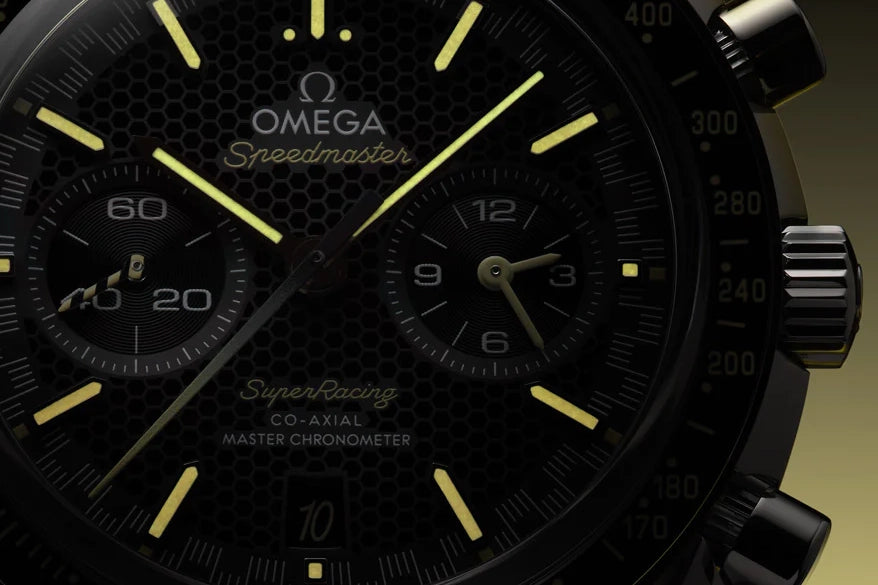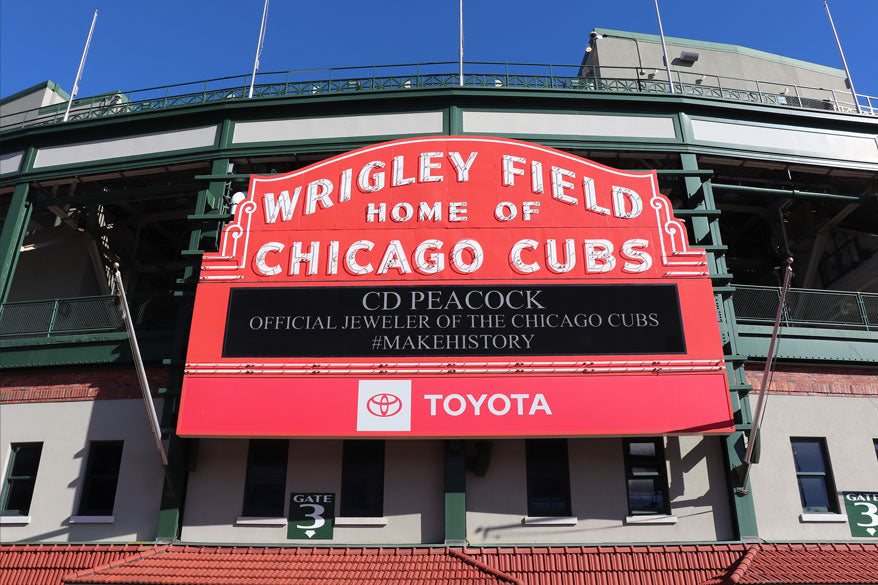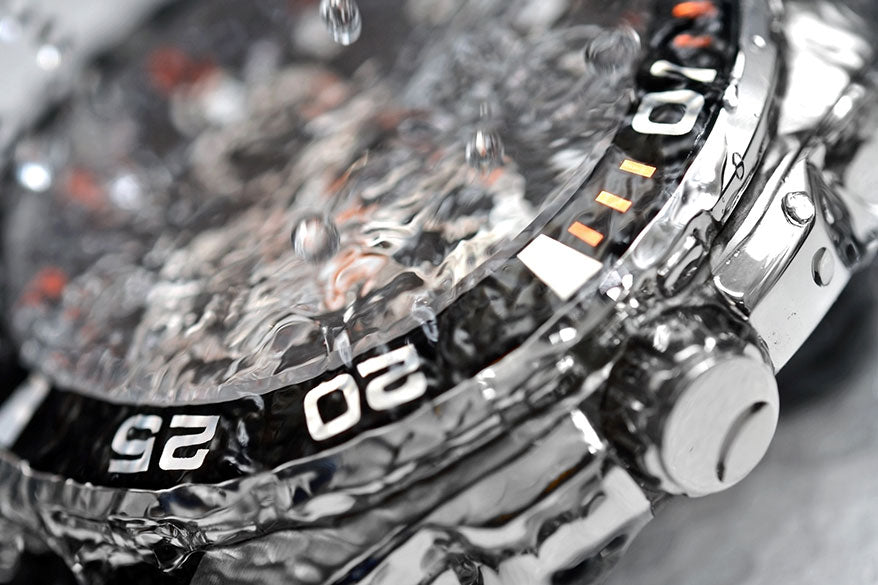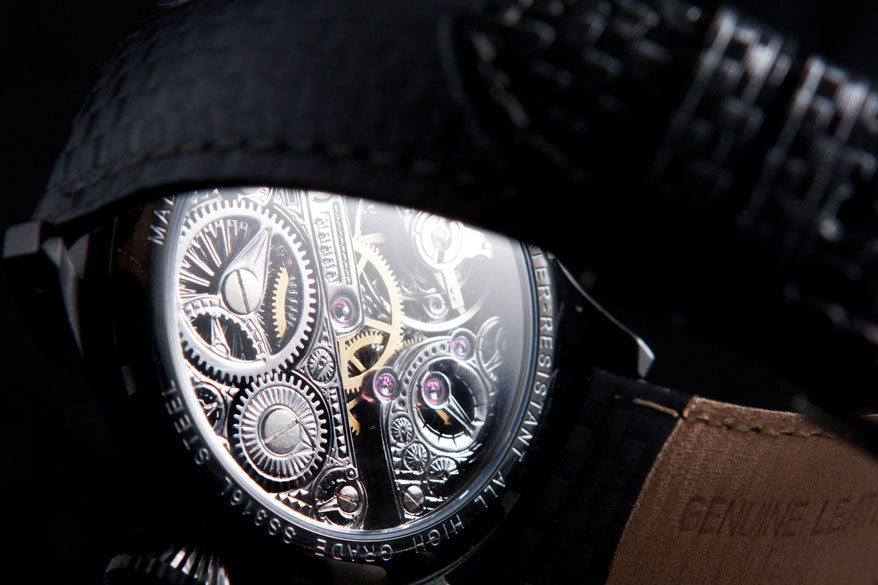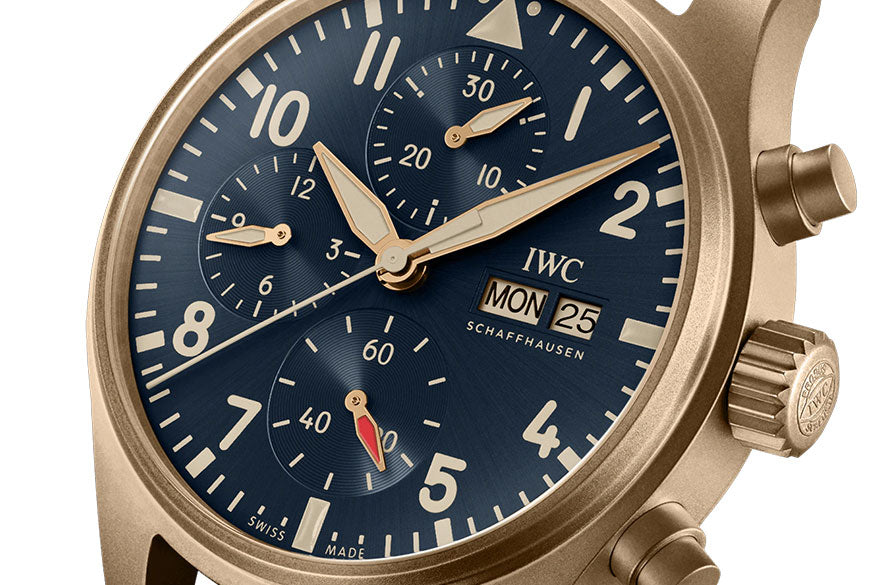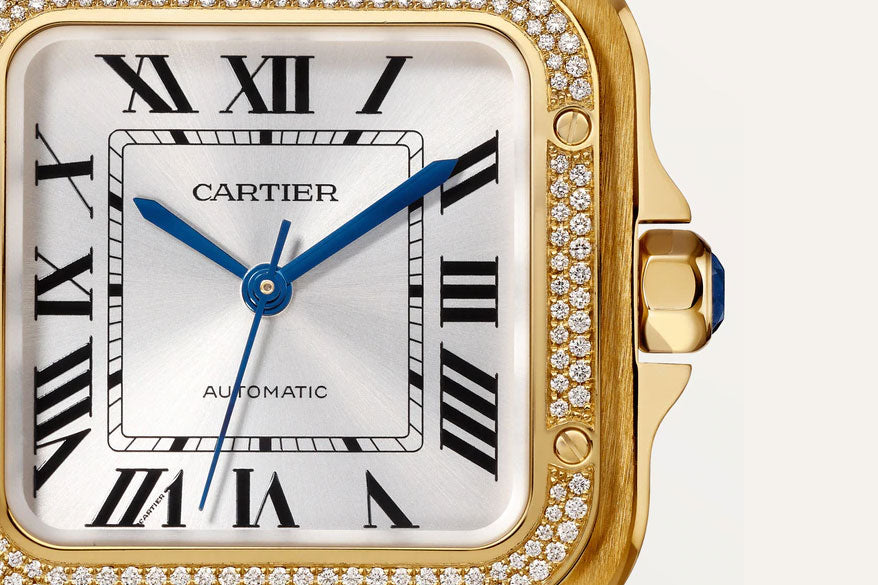UNDERSTANDING PERPETUAL CALENDAR WATCHES

Obsessed with always knowing the date, as well as the time? What about knowing the months, leap years, moon phases and more? With a perpetual calendar watch, you have all the information just above your fingertips – in the form of the watch on your wrist.
One of the most beloved complications on the watch market, a perpetual calendar watch boasts a beautifully balanced dial design and a complex mechanical movement – often with several hundred tiny parts working together in unison to track and display a wealth of information.
In addition to tracking hours, minutes and seconds, a perpetual calendar watch tracks the day, date and month automatically no matter how many days are in the month. It also tracks leap years. Most also display the phases of the moon – sometimes in two hemispheres.
Even more astounding is the fact that most perpetual calendar watches on the market today – provided they don’t lose power reserve -- will automatically track this information until the year 2100 before needing an adjustment. That adjustment must be made by a watchmaker and is necessary only because we will be skipping the leap year that otherwise would have been scheduled for that year so that real time on the Gregorian Calendar properly coincides with solar time. The watch will need an adjustment on March 1, 2100.
Depending on the perpetual calendar watch you are looking at, the design of the dial will vary. Some use apertures to display the additional information and others use pointers or hands. The preferred method is apertures that enable quick and easy reading. Make no mistake, though. Just because watch brands have made the display of information easy to read, this is no easy watch to make.
Considered a high complication in the world of watchmaking, the movement inside a perpetual calendar watch has dozens upon dozens of tiny gears, wheels and levers that have a mechanical memory capable of tracking four years of information at a time. The disk-and-lever systems mechanically calculate the correct number of days in every month, including leap-year February.

It is no easy feat. The masters of perpetual calendar mechanisms design the watches to “think” that all months are 31 days, and at the end of the months with 28, 29, or 30 days, the disk-and-lever mechanical memory system communicates with the date wheel, which then skips through the unused dates. For watches with moonphase displays, disks with teeth on them keep the phases properly synchronized.
The entire mechanical marvel needs to stay wound and cannot run out of power reserve or the perpetual calendar displays will have to be reset. Having a watch winder definitely helps so that you can take your watch off for a few days but still have it winding appropriately

Their early development is credited to British watchmaker Thomas Mudge who invented what is referred to as a detached lever escapement in 1755 – making perpetual calendar pocket watches possible. Still, other than Mudge’s watch, which is on display at the British Museum in London, watchmakers didn’t pursue the concept until Jules Louis Audemars (of Audemars Piguet) created a perpetual calendar timepiece in 1853 as his watchmaking school project. Some 22 years later, in 1875, Audemars and Edward Piguet unveiled a production perpetual calendar pocket watch with 48 months using a circular cam to account for the differences in the dates. That stirred more interest by other brands to create this complication.
Today, many of the top brands that build perpetual calendar watches often have patents on their mechanical systems or on their displays. Some brands also take the perpetual calendar concept to new horological heights by combining it with other functions or features, including astronomical indications, tourbillon escapements and more.



